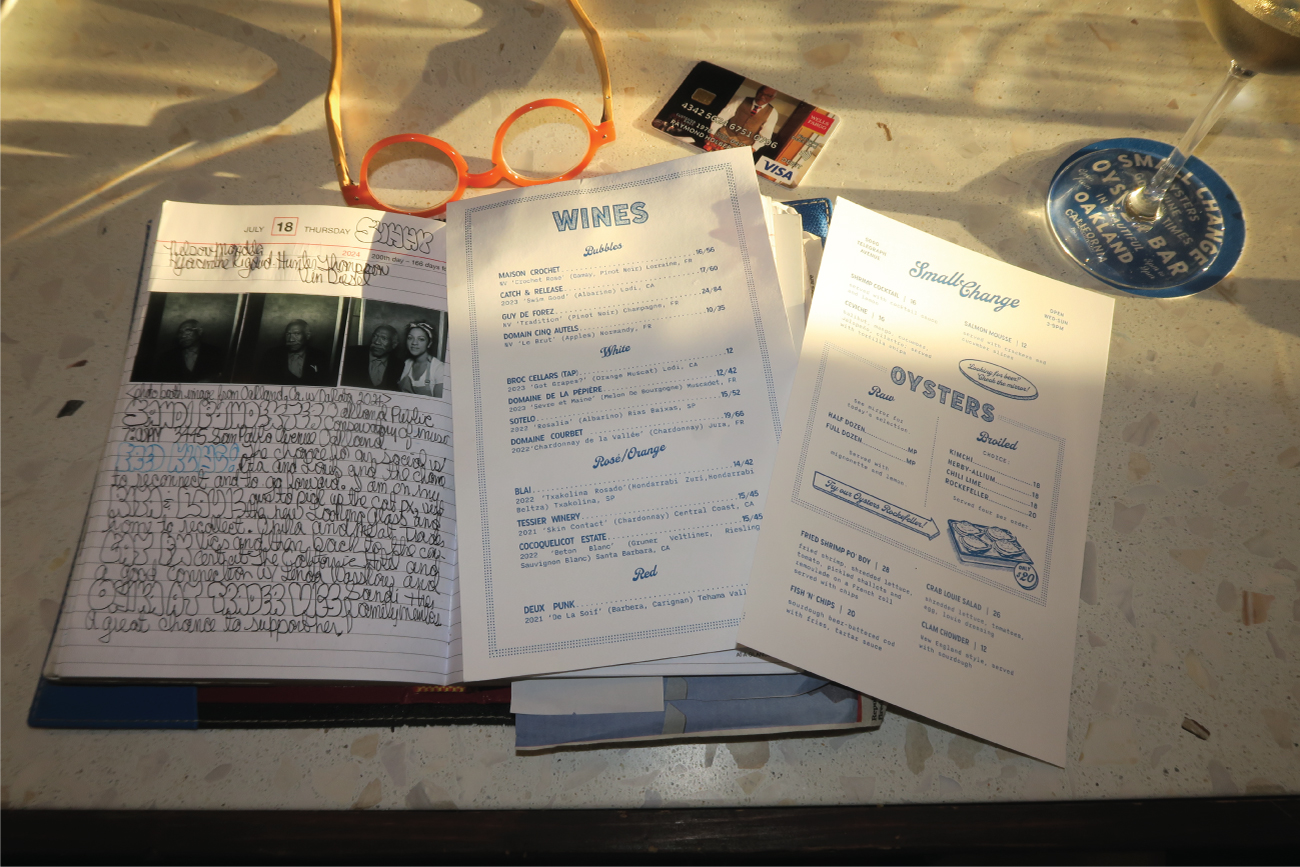 July 2024 |
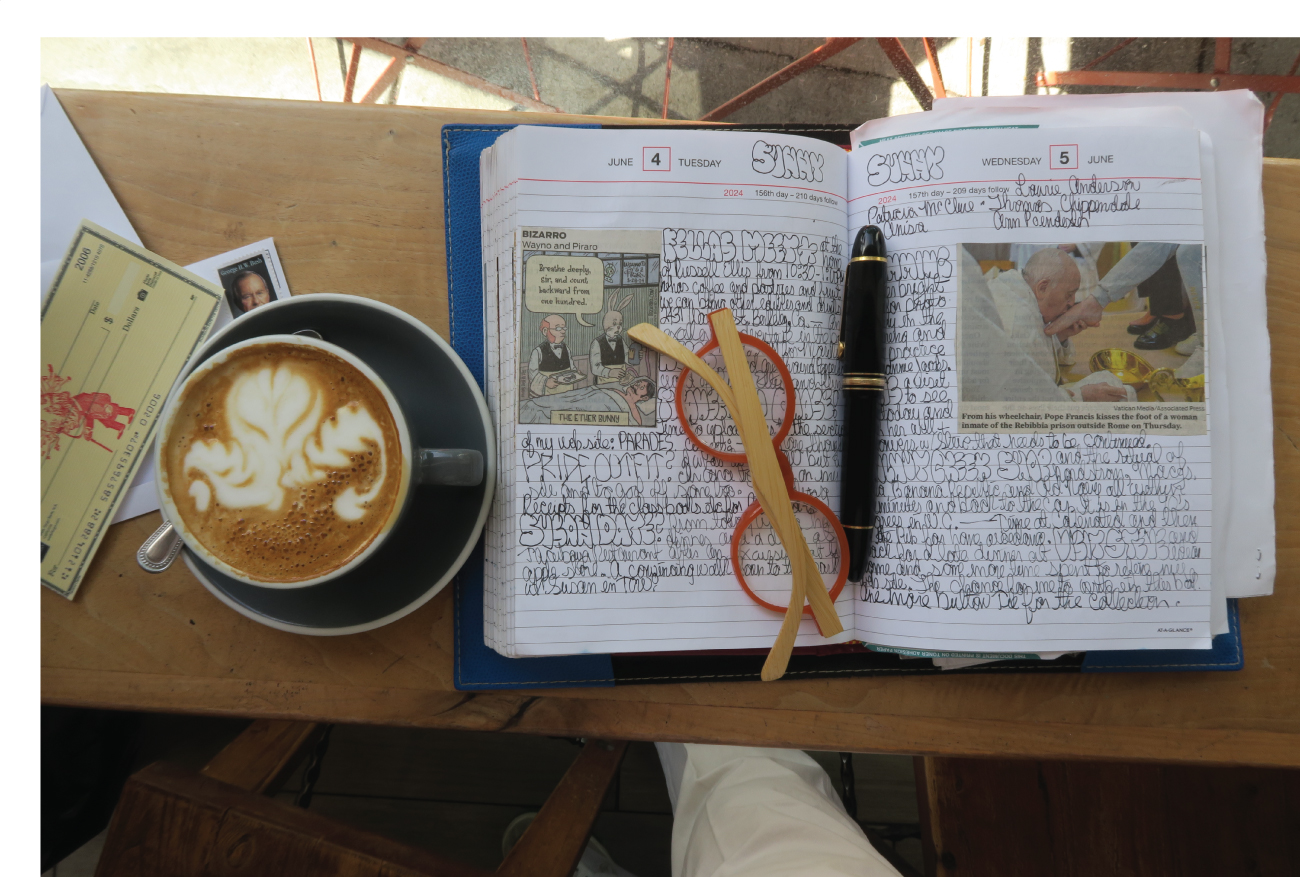 June 2024 |
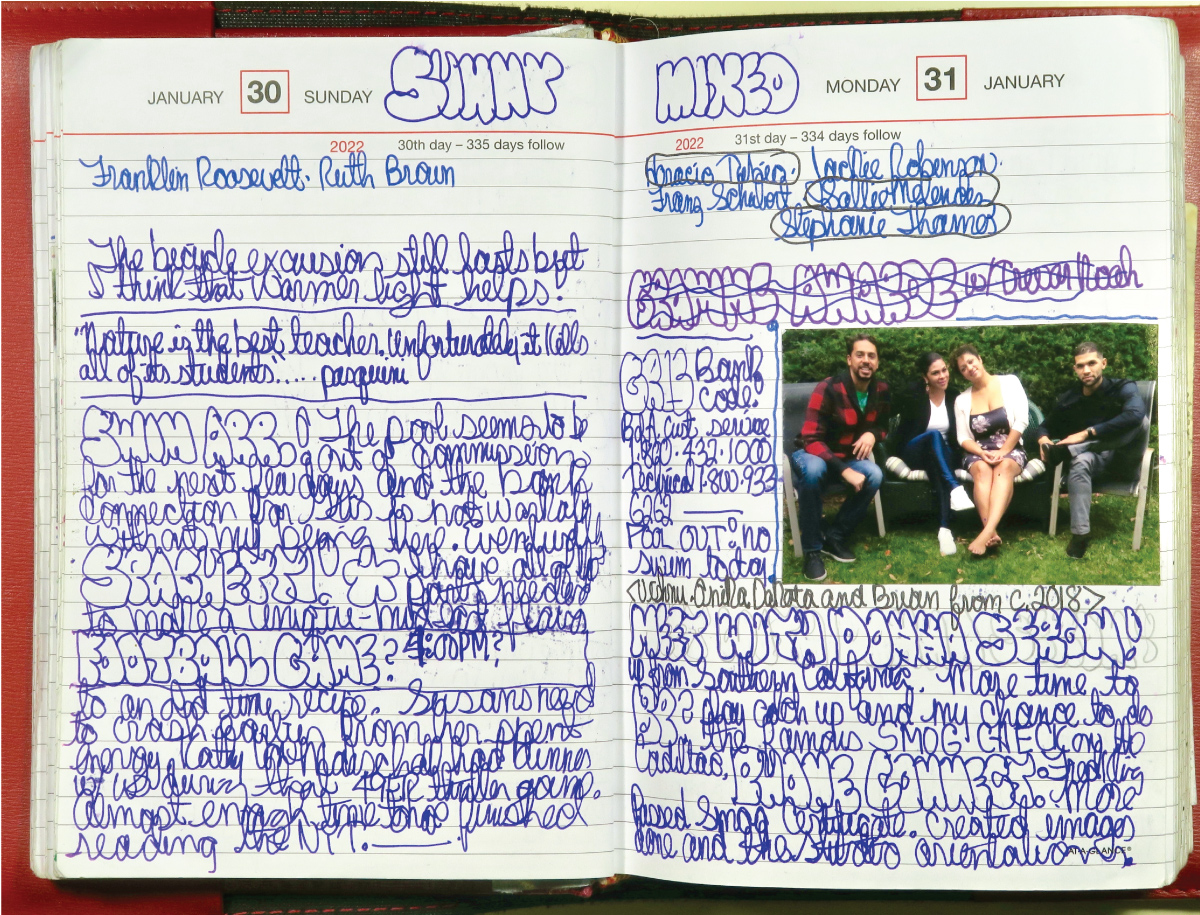 September 2023 |
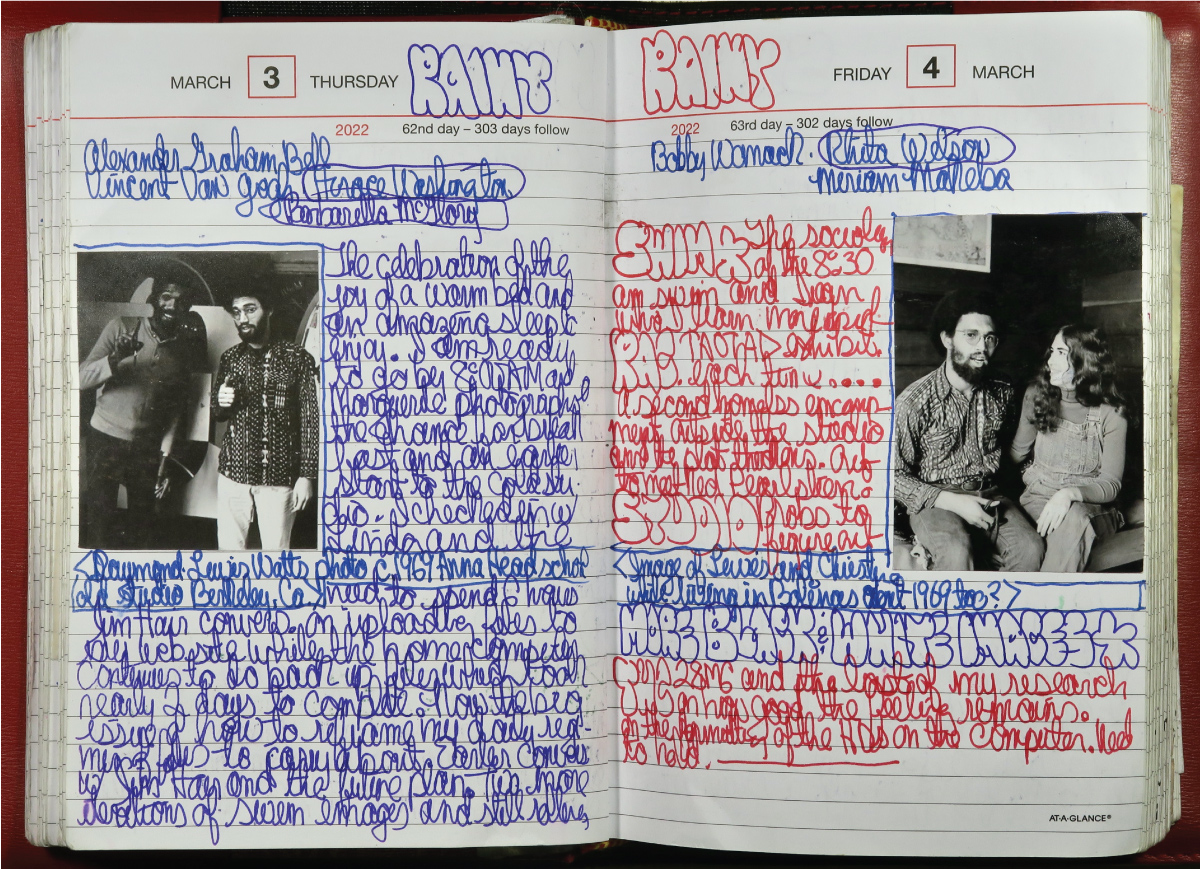 September 2023 |
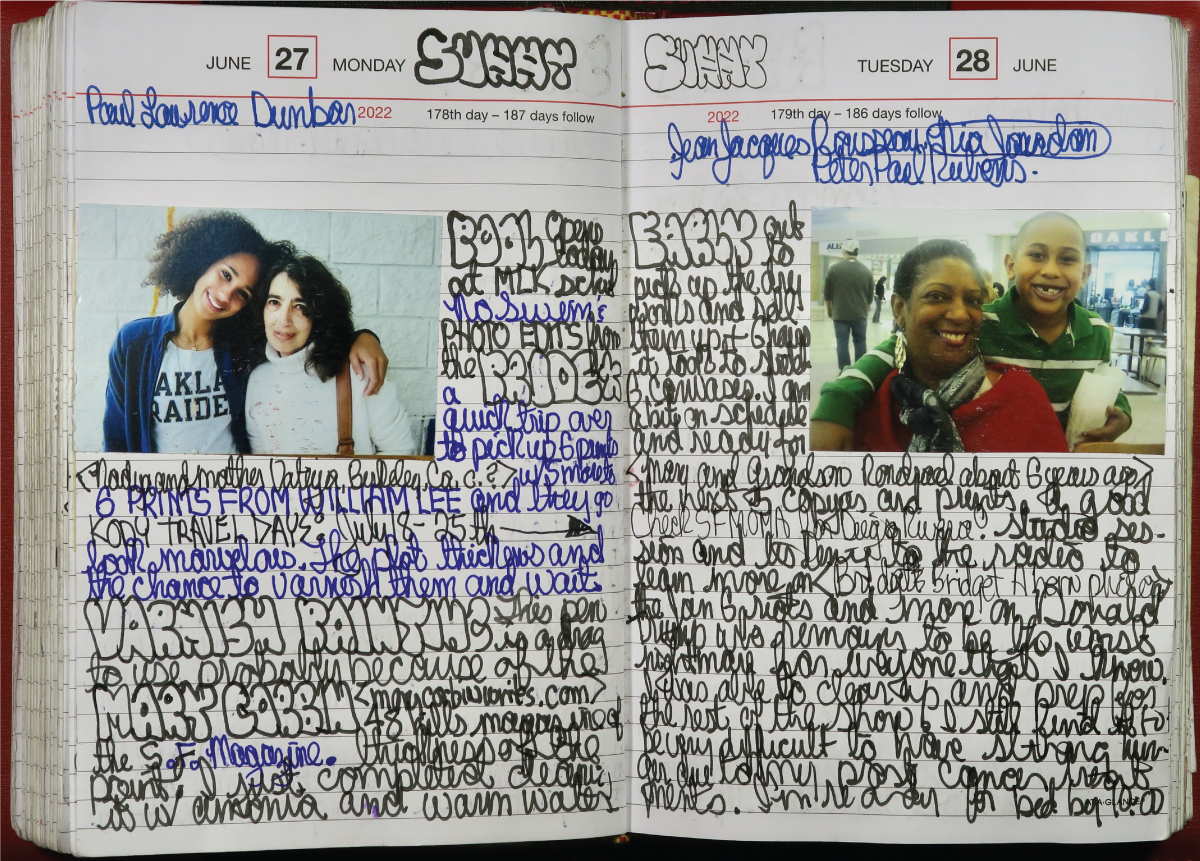 September 2023 |
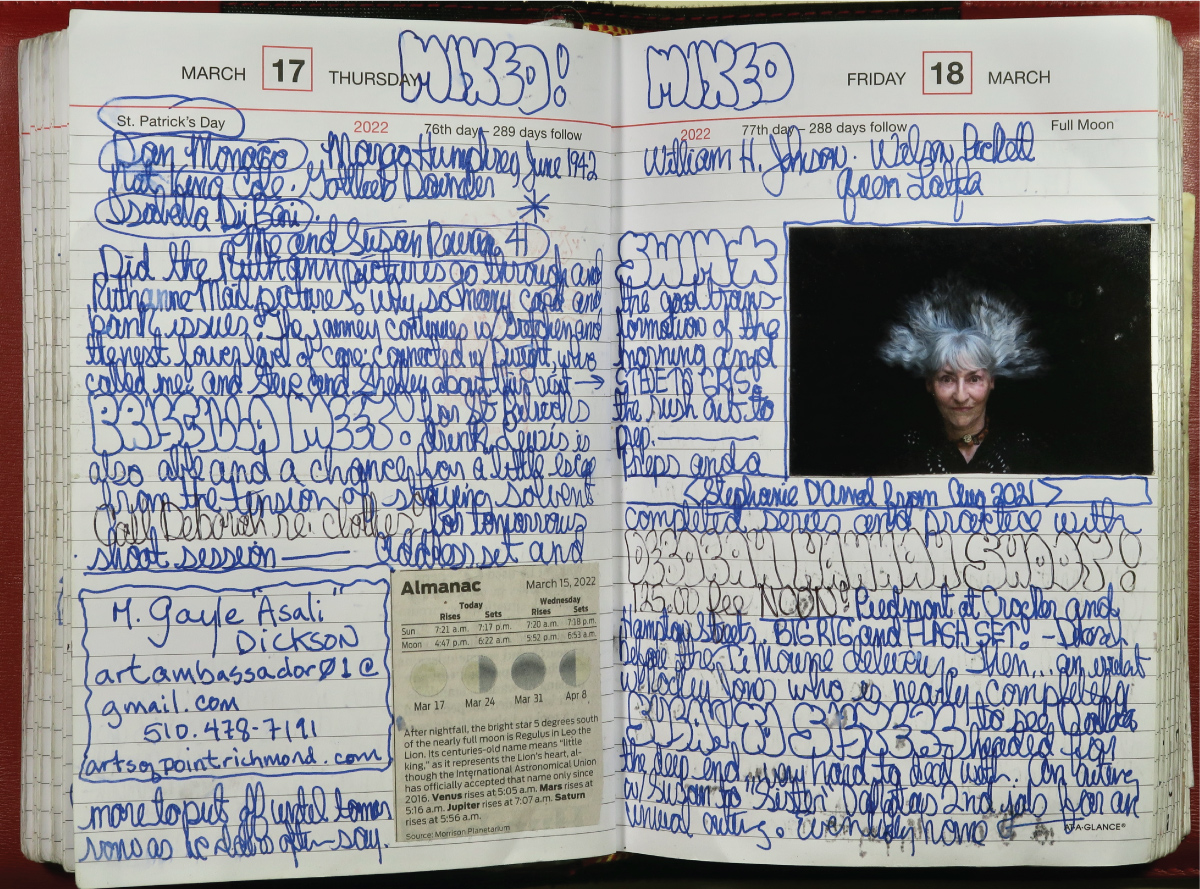 September 2023 |
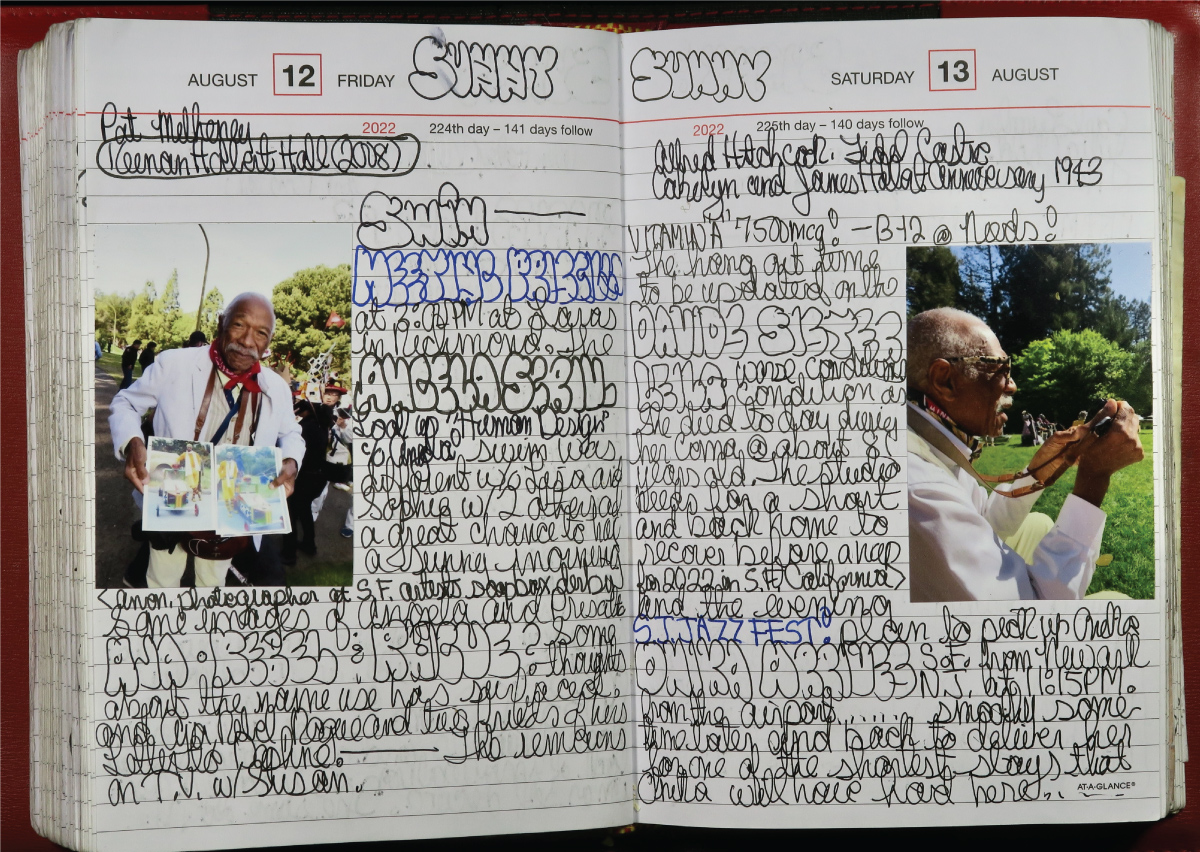 September 2023 |
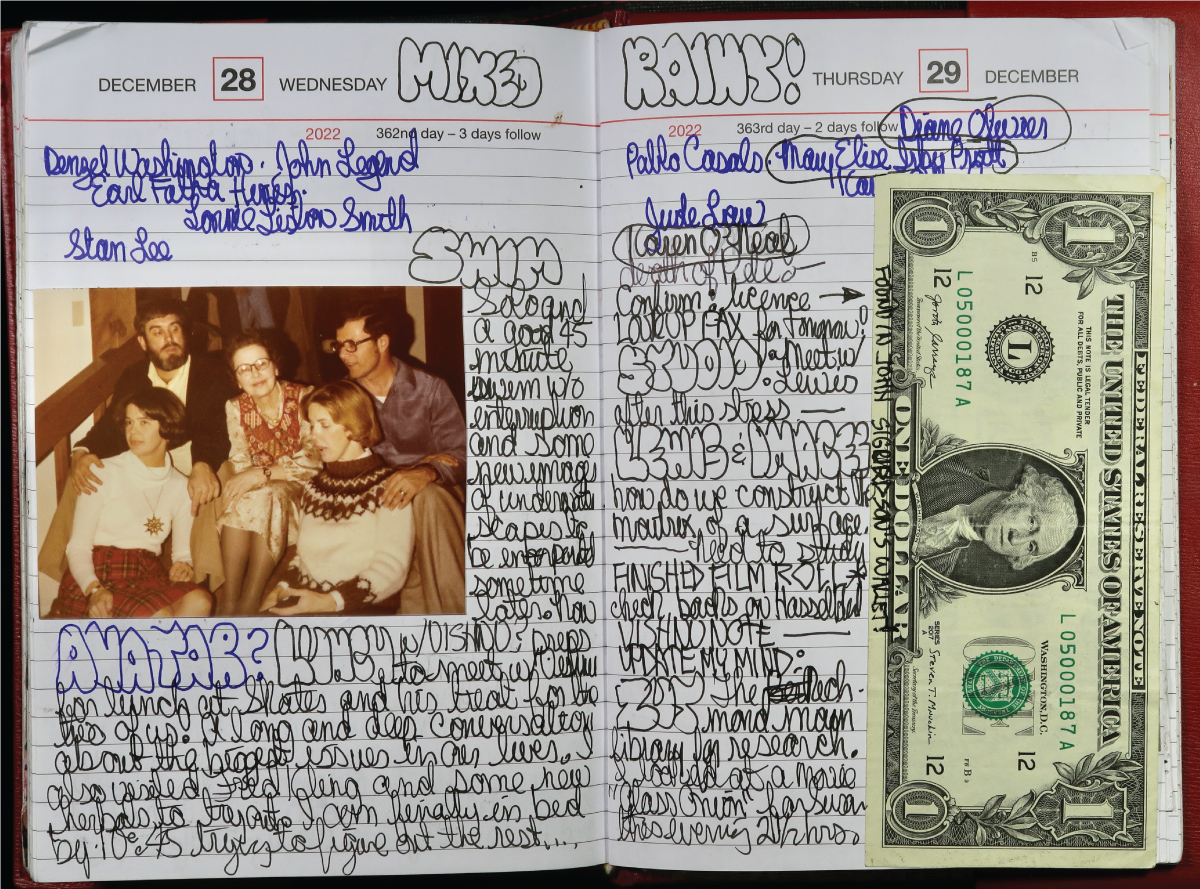 September 2023 |
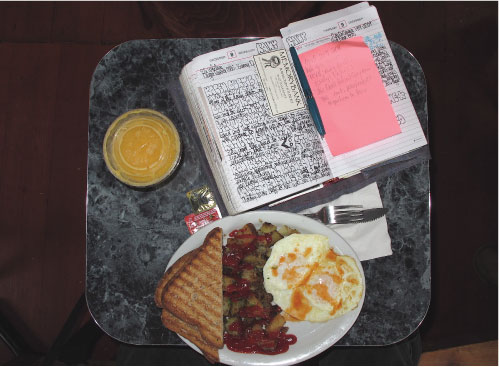 December 2010 |
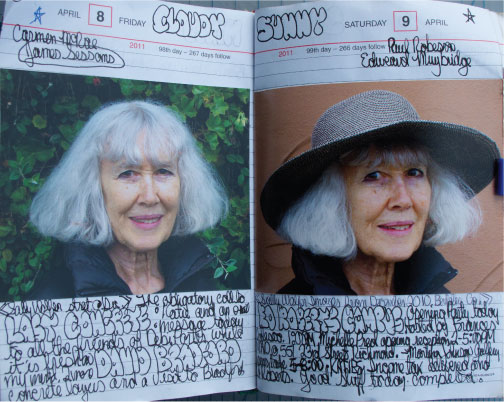 April 8 2011 |
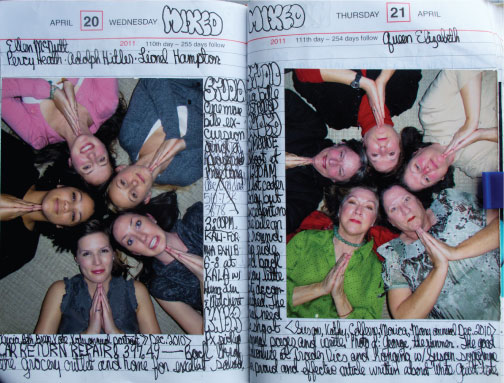 April 20 2011 |
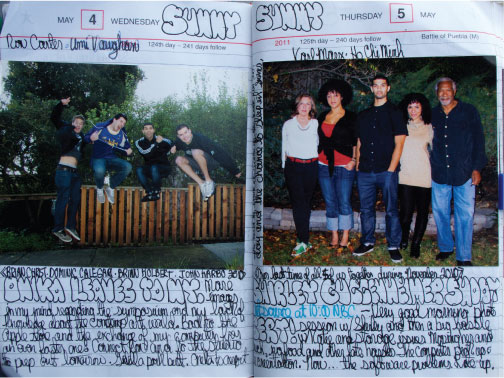 May 4 2011 |
 May 17 2011 |
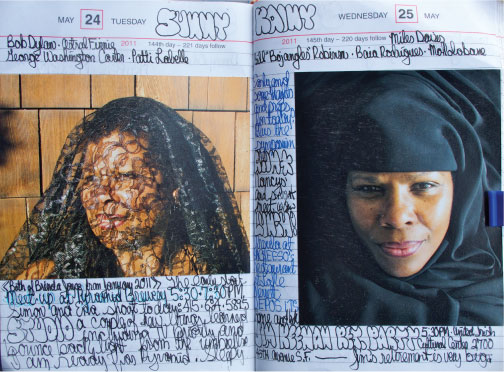 May 24 2011 |
 June 3 2011 |
 June 21 2011 |
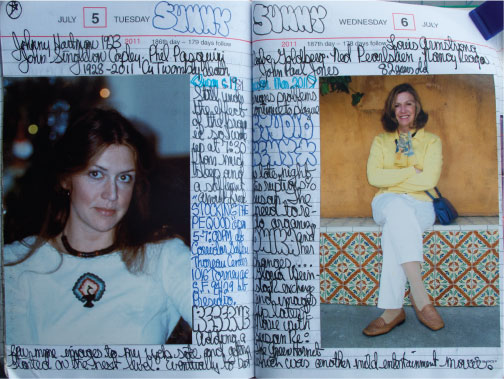 July 5 2011 |
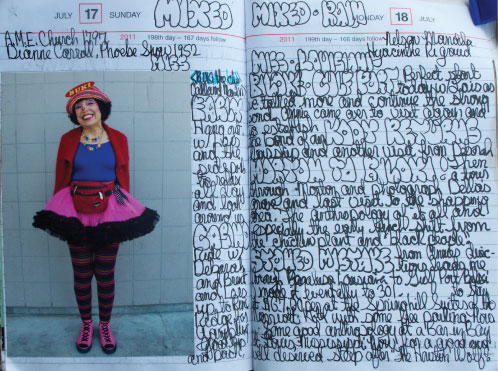 July 17 2011 |
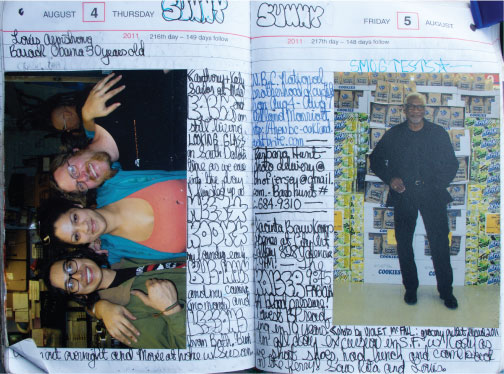 August 4 2011 |
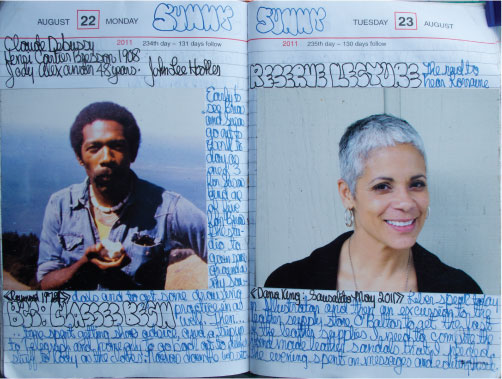 August 22 2011 |
 June 3 2011 |
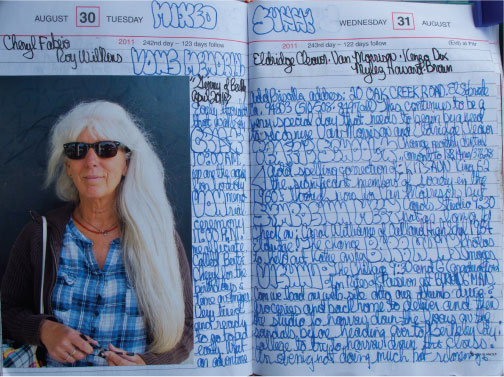 August 30 2011 |
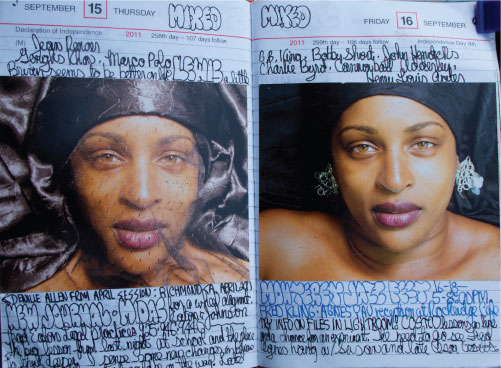 September 15 2011 |
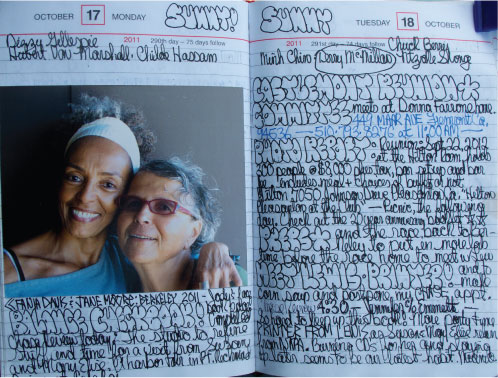 October 17 2011 |
 October 29 2011 |
 November 14 2011 |
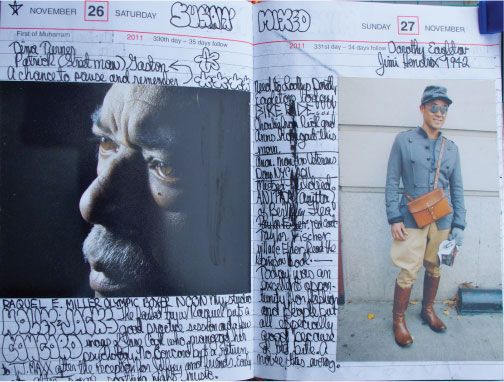 November 26 2011 |
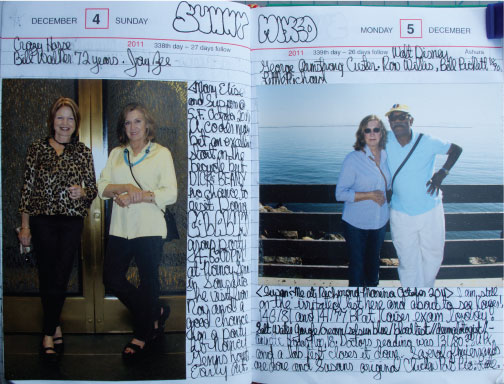 December 4 2011 |
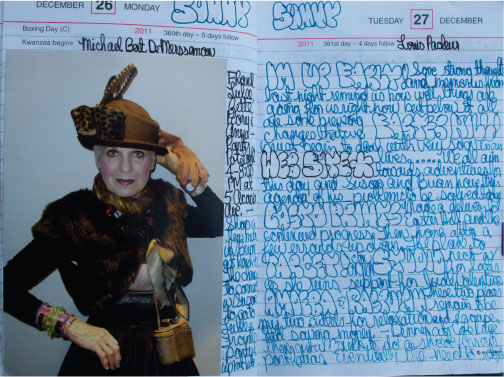 December 27 2011 |
PERSONAL JOURNALS
Thanks for the Memories, the Lasting Choice
With today's technology, individuals can do so many more things, and in so many more ways than our ancestors. The opportunity to concentrate on the detail and to take time out to reflect on some or all that we do is very difficult. An opportunity to review and reflect these days in life has become one of the more valuable desires and opportunities we have.
This time is so significant relative to the time we have that it should be a standard in all if our lives. It is the ability to plan or schedule a kind of "time out" or evaluation for a number of needs. It is probably impractical or unnecessary to do this on a daily basis but it serves an occasional need.
I advocate taking this time to invest in recording some of these memories. Memories are as essential as objectives and memories continue to live long after they take place. I want to encourage you to record the moments and memories. I call this time "memory management". The mind is so pre-occupied with the responsibilities throughout each day that there is rarely enough time to spend on self-maintenance or reflection.
There are many examples, which illustrate this means of reflection. Some are for immediate gratification or knowledge while others grow in importance or significance over a longer period of time. Either way, it is a necessary cause that is of great benefit.
Traditionally some forms of reflection have been done for us through a tribe or group by a Griot, a Monk, Scribe or Novelist. In today's world, the most common form of doing this comes with a lot of options for support. I think that the best individual means of expression are through some form of Journal, diary, notebook, sketchbook, log, and calendar or daily reminder.
I like to refer to these forms of recording information or memory management as a memory bank. What I place in these forms of books are entries. I use the term "entry" because there are so many options of what constitutes an "entry". To me, an entry equals a memory. Some are modular and some are inter-segments, some chronological and others are random. All of these are important to self-contribution and development.
Though these sources of recording memories through entries are normally seen as personal, there are many, which are not. It is also important to consider that sources like these "memory banks" may eventually outlive you and can be observed, studied, enjoyed and referenced by your survivors. In fact, the longer they are maintained, the more valuable they become to you and your friends and relations. Moreover, these sources may not remain your sole property but can belong to all of those mentioned and concerned within your recordings or collections.
A journal can be used as a source of reflection such as a mirror. It can be a record of the past. It can be a reminder that you are what you have done. Looking back can show you where you are going. Written text can be considered a visual source of information especially years after something has been recorded.
A journal is a way of preserving words, images, pictures, momentos, etc. It is a written commitment about an idea, feeling, knowledge, experience or a fact. Things can be updated confirmed, changed or compared. Memories may be used as a means of self-therapy when used as a means of understanding yourself through statements you have made.
Memories are reflections of your past that was the present at the time that they were written. Self-progress can be measured from one year to another and job progress and knowledge can be measured. Many things that are not written but selected can have significant meaning. Memories of the near past may not be as significant as the distant past.
A journal can keep memories of the past in other forms of information. Published statistics can include: top 10 TV programs, top rated movies, top rated videos, pie charts or statistics of human interest, contemporary postage stamps, personal or commercial photographs.
Most people who are already in the process of keeping these book sources in the form of calendars already partially include this process of information maintenance. Many are adjusted to the process because it is a part of their business.
One of the most common statements or questions I hear from people about keeping my personal journals is "How do you find the time?" I continue to wonder how it is to make the time for this very important opportunity that to some is as necessary as paying bills.
This process of maintaining memories is important to all of us, but it is not for everyone as much as it is meant to serve those who are committed to them. The purpose of this short workshop is to teach some of the processes that can enhance an already maintained or newly acquired Memorybank.
CONSIDER THE FOLLOWING PROCESSES:
CONSIDER THE FOLLOWING PROCESSES:
1. Purpose
2. Reasons
3. Inclusions
4. Size and format
5. Daily or non-daily use.
6. Convenience
7. Journal Supplements
8. Journal Appendix
9. Technical processes
10. Maintenance
11. Sharing
12. Professional applications
13. Research and development
14. Psychological self-study
1. Purpose:
This is a universal process so there can be many reasons of maintaining a journal, diary, calendar, sketchbook, notebook, log or daily reminder. The desire for some to look at and to maintain memories is most essential. The objective is that one can benefit from what is directly related to ones life. What goes on in daily life is more significant as an afterthought than you might realize so that the things or entries that are maintained contribute. "One can get a better sense of the future by glancing at the past".
2. Reasons:
Personal or professional businesses are the most common forms of information kept by people who record things on an occasional level. Some may think of an "entry" as a written forms whereas a photograph, article or clipping are also entries. The enjoyment or experience of history of one 's life is the main reason to maintain these forms of memory management. A few suggestions for keeping journals are: Self evaluation, Sense of Accomplishment, Memory Bank, A Reminder, Mental overload storage, A Literary Record of Growth, A tangible personal and family reminder of growth, A Visual Means of Growth, Chronology. Maintenance, A Reference to The Past, Encouragement and Research & Development.
3. Inclusions:
While these forms of memory management have been referred to as "scrapbooks", the term is often more sophisticated than the name it implies. Essentially, you can keep a variety of entries at any length or number of entries that you need such as: Photographs, Clippings of Magazines & Newspapers, Information, Ideas, Sketches, All Miscellaneous. Memories are also more than just what you write but includes what you save.
4. Size and formats:
Smallest size journals: limited size of the smaller photographs. Medium size journals: These are limited to standard 3 x 5 photos and moderate writing. Large size journals: These are about 9" x 12" unlimited for forearm or lap sketches, writing and photos. Very large journals 18" X 24": These are the most flexible, but the least convenient. Books are available from stationary stores and art stores for a variety of formats, sizes and purposes. The better the opportunity to find a cloth bound book, the better the quality of the book will be. Loose leaf-ringed books are very inconvenient in that the weight of the page causes fatigue at the rings and will eventually fall out easily
5. Daily or non-daily use:
Entries each day with the same space responsibility allows you to look ahead and plan within a commercially printed format. A non-daily allows you to date your own entries and determine how much you want to contribute if anything per day. Entries each day with the same space responsibility allows you to look ahead and plan within a commercially printed format. A non-daily allows you to date your own entries and determine how much you want to contribute if anything per day, week or month. I recommend at least one entry per week.
6. Convenience:
This most important part of the process remains to be the nucleus of keeping or arranging time to record memories. It is the most difficult to set up due to the time opportunities of each individual. The most common practice convenience is in the evenings. This is not always a consistent time or place to do this. I would suggest that this book source be nearby most of your operating day so that the opportunity of convenience is always present when the opportunity arises. Each day or event does not need to be earth shattering to qualify as an entry.
7. Journal supplement:
Keeping journals or memory management is not limited to one book. These can be used to attach photocopied documents that need to be kept for a given period. Often those of us who keep journals find that writing comes easy and need more room than a small or medium journal might allow. For this reason, a supplementary book or journal can be kept as a spillover or extra. It can allow you to write more than your regular journal allows when needed. It is also valuable for keeping oversized pictures, clippings, and drawings, which need to be kept flat, protected or referred. Perfect for the artist/ designer who may find the need for more room to develop an idea or to add bigger pictures or longer writing.
8. Journal appendix:
Journals are not standard and the systems used must adhere to the expectations of their owner. An appendix in the rear of a journal can include all kinds of subjects and interests that take place over a period of one year. It may include subject pages of lists of things which regularly occur such as movies, tax information, travel statistics, food and wine, recipes, restaurants, consumer mania, auto information, vital codes and combinations and other subjects. Many people like to include phone numbers and addresses.
9. Technical processes:
The process of using adhesives, cutting devises, permanent and different color inks are important. The binding of the books is important because of the added materials used. The proper preparation of photographs the use of auto-exposure and auto-focus cameras and cropping and splitting documents are important parts of adding material to pages.
10. Maintenance:
Try to handle less of the older books due to paper and binding fatigue. Do not include too many photographs to avoid breaking the book binding. Keep older journals in zip lock bags for protection. Archival plastic is available for those who are particularly concerned about longevity. It is a good idea to handle these books with cotton gloves over a period of years to avoid acid deterioration. Personal books receive more wear and tear than most other books if used regularly. Use a good quality binding such as cloth. These books can have a potential life of more than 100 years.
11. Sharing:
One of the most interesting practices regarding journals, diaries, or daily reminders is whether to share them with other people or not. Often you will find that your books will inspire other people. I allow other people to look through my journals though I do not include much that I consider secretive. Some contemporary things included in my journals are kind of embarrassing but I get over them in time. Often those same things years later are the most humorous and insightful.
12. Professional applications:
These books or journals can be uses as a teaching tool to inspire or to instruct students in several disciplines. Some examples already applied have been through disciplines such as: Art history, English, History, Psychology, accounting, law, etc. These have been a good source of professional use and development.
13. Research and Development:
14. Psychological Self-Study:
A CLOSER LOOK AT JOURNAL WRITING
Journal writing works best when you can reflect or really think about your experiences and learn from them. When you can do this, your writing becomes more exciting-and full of surprises.
Reflect:
Thinking and writing in the following ways will help you explore and reflect upon your experiences.
Ask questions:
As you write, ask yourself some questions: "What was fun or interesting about this experience?" "How do I feel about it now?" Or simply ask yourself why? at different points in your writing, and try to discover some answers.
Wonder:
Also think about what you have learned from an experience. Compare it to others you've had. Wonder what you could have done differently, or predict what the experience will mean to you in the future.
Push Yourself:
If you push yourself in your writing, you are sure to make some interesting discoveries.
Keep it going:
When you start a new journal writing, pick up right where you left off in your last entry. When you find an idea that surprises you, try to say more about it. When you think that you have said all that you can about a certain subject, keep going for at least a few more lines.
Make connections:
And if you want a challenge, try to make connections between ideas that seem really different. You can also make connections to events in the news, movies, songs, and so on.
Kinds of Journals:
If you enjoy exploring your thoughts in a personal journal, you might also enjoy writing in one of the special journals listed below.
Dialogue Journal:
In a dialogue Journal, you and a friend, parent, or teacher write to each other about experiences you've had, books you've read, or ideas wonder about.
Diary:
A diary is a personal record of daily events as they happened. (You keep track of personal things in a diary.)
Learning Log:
In a learning log or class journal, you write about subjects like math and science to help you understand them better.
Response Journal:
Do you ever have strong feelings about the stories and books you read" You can write about these feelings in a response journal.
A Special-Event Journal:
You may want to write about your experiences while participating in a sport, while preparing for a new member in the family, or while doing a special project.
SUGGESTED INCLUSIONS TO YOUR BOOK:
PHOTOGRAPHS:
Friends, lovers, relatives, enemies, places (rear pages of photos make excellent drawing surfaces).
CLIPPINGS OF MAGAZINES & NEWSPAPERS:
Weather miniature charts, T.V. rating charts, stock averages, postcards, contemporary stamps and stamps from other countries.
APPOINTMENTS:
Medical, dental, job-related, vacations, due dates, meetings, plane, train or bus schedules, student appointments.
INFORMATION:
Birthdays, solstices, holidays, appointments, events, tragedies, local, regional, and national affairs, weather, moon phases, out of town acknowledgments, future plans.
FAVORITE QUOTES: one example
"There is never enough time unless you are serving it"....Malcolm Forbes.
IDEAS:
Great notions shared by colleagues, friends and other professionals. Not all ideas are usable but these entries will allow a source for temporary storage and consideration.
SKETCHES:
For those who draw or paint, the sketchbook/journal can act as a first draft of ideas. Very small drawings can assist development of ideas and help to define one's vocabulary of symbols and images.
ALL MISCELLANEOUS:
Records and books to purchase, stock or investment progress, other income, notes on artists and exhibits, reference to video and film recommendations, cafes and restaurants to try, notes for taxes, domestic and international stamps. Computerized sales receipts from grocery stores. Postcards can be saved and/or cropped to a smaller size.
WHY SHOULD YOU WRITE IN A PERSONAL JOURNAL?
You can:
1. Make notes of interesting things you see and hear.
2. Collect ideas for stories, poems, and reports.
3. Practice writing on your own.
4. Deal with your bad days.
5. Re-live all of your good times.
Here's how to get started ..........
1. Gather the right tools. All you need is a notebook and some pens or pencils (or a computer).
2. Find a special time and place to write. Get up early in the morning and write while it is quiet in your house. Write at a regular time during school. Or plop down on your bed right after dinner and see how that works.
3. Write every day. Write freely, exploring your thoughts and feelings as they come to mind. Don't worry about what you say or how you say it. Just keep writing for as long as you can (at least 5-10 minutes at a time).
4. Write about those things that are important to you. Write about something that is bothering you or something you want to remember. Write about what you did last weekend or something silly you saw. Write about one thing and then later go on to something else.
5. Keep track of your writing. Put the date on the top of the page each time you write. Read through your journal writings from time to time. Underline ideas that you find interesting or surprising and ideas that you would like to write more about in the future.